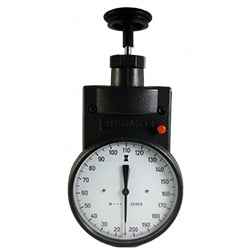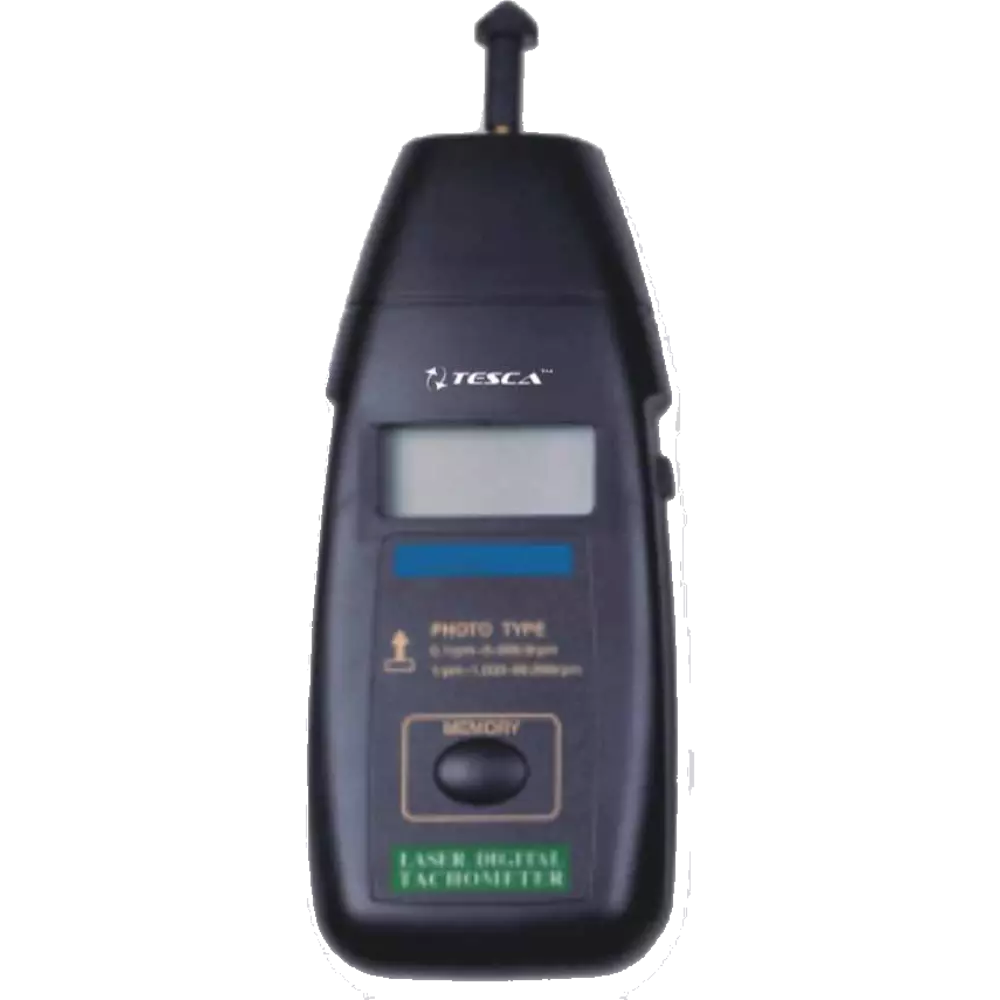Exploring the Features and Advantages of a Tachometer: A Comprehensive Overview for Automobile Fanatics
From supplying real-time information on engine speed to assisting in optimizing gear changes, the tachometer serves as even more than just a dial on the dashboard. Its multifaceted functions not just boost driving experience however likewise play a critical function in maintaining engine health and efficiency.
Understanding the Basics of a Tachometer
In the realm of vehicle instrumentation, comprehending the fundamentals of a tachometer is essential for any cars and truck lover wanting to explore the ins and outs of engine efficiency surveillance. A tachometer, often shown on the dashboard of a lorry, determines the engine's changes per minute (RPM) This critical instrument provides real-time information on how quick the engine crankshaft is turning. By keeping track of the RPM, chauffeurs can guarantee they are operating within the optimum range to make best use of performance and performance.
Tachometers commonly have actually a range marked in revolutions per minute, with a redline suggesting the optimum rate at which the engine can securely operate (tachometer). This info is crucial for preventing engine damages and maximizing gear shifting for hand-operated transmissions. In addition, tachometers can assist in detecting engine problems such as misfires or a falling short ignition system by finding uneven RPM analyses
Significance of Keeping An Eye On Engine Rate

The engine rate, determined in revolutions per minute (RPM), suggests exactly how fast the engine's crankshaft is revolving. Keeping an eye on engine speed is specifically important during equipment shifts, as it helps drivers figure out the appropriate time to transform equipments for smooth acceleration and effective fuel usage.
In addition, tracking engine speed can also supply beneficial understandings right into the overall health and wellness of the car. Unusual fluctuations in RPM may indicate issues such as a stopped up air filter, gas system issues, or even engine misfires. By spotting these problems early through the tachometer analyses, vehicle drivers can deal with prospective problems quickly, preventing much more severe damages and expensive fixings down the line. On the whole, keeping track of engine rate with a tachometer is a basic technique that can improve driving efficiency, prolong engine life, and make certain a safer and more pleasurable driving experience.
Enhancing Performance Via Gear Shifts
Optimizing efficiency with critical equipment shifts is a key facet of making the most of an automobile's efficiency and power outcome. Proper equipment moving guarantees that the engine runs within its optimal power band, enabling smooth velocity and improved fuel economy. When shifting equipments, it is vital this article to take notice of the engine rate showed on the tachometer. By keeping an eye on the engine changes per minute (RPM), chauffeurs can figure out the most appropriate moments to upshift or downshift for optimal performance.

To achieve peak performance via gear changes, drivers must exercise smooth and prompt transitions between gears, matching engine speed with road rate to harness the full possibility of their vehicle's powertrain.
Optimizing Effectiveness With a Tachometer
Grasping the art of equipment moving in high-performance vehicles not just boosts driving experience Visit Website yet additionally plays a vital duty in making the most of performance with a tachometer. tachometer. By paying close focus to the tachometer analyses, chauffeurs can optimize their gear changes to operate within the engine's most efficient array. When increasing, moving equipments at the best RPM indicated by the tachometer can protect against the engine from exhausting or underperforming, bring about enhanced gas efficiency and general efficiency
Additionally, a tachometer assists chauffeurs prevent unnecessary revving, which not only wastes gas however likewise puts unneeded stress on the engine. Consistently checking the tachometer while driving enables smoother gear transitions, lowering deterioration on the transmission system with time.

Advanced Tips for Tachometer Utilization
To delve into sophisticated suggestions for tachometer use, consider including the use of change lights. Change lights are visual signs that illuminate when it's time to change equipments based on engine revolutions per min (RPM), enabling for smooth gear changes without regularly keeping track of the tachometer. By fine-tuning change factors and setting warning limits, vehicle drivers can maximize acceleration and engine efficiency while lessening the threat of over-revving.
Verdict
To conclude, the tachometer offers as a crucial tool for automobile lovers to keep an eye on engine speed, enhance efficiency through equipment shifts, and make the most of performance. By recognizing the functions and benefits of a tachometer, motorists can maximize their driving experience and extend the lifespan of their automobile. Using innovative pointers for tachometer use more tips here can better boost driving skills and total performance on the roadway.